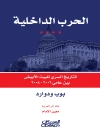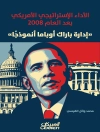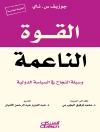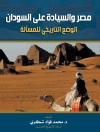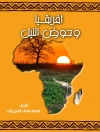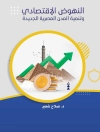With China replacing the United States as the world’s leading energy user and net oil importer, its relations with the Middle East is becoming a major issue with global implications. Horesh and his contributors set out to analyse the implications of China’s growing presence in the Middle East.
Jadual kandungan
List of Figures
List of Tables
Introduction; Prof. Niv Horesh
1. Sino-American Crosscurrents in the Middle East: Perceptions and Realities; Prof. Yitzhak Shichor
2. An Alternative to the EU? Turkey ‘ ‘s New ‘ ‘Look East ‘ ‘ Strategy and Its China Outlook; Prof. Zan Tao
3. A New Eurasian Embrace: Turkey Pivots East While China Marches West; Dr Christina Lin
4. The Perception of the 2009 Ürümqi Conflict across the Islamic World; Prof. Robert R. Bianchi
5. China ‘ ‘s Dual Diplomacy: Arab Iraq and the Kurdistan Region; Dr Mohammed Shareef
6. An Analysis of the Evolution of Sino-Egyptian Economic Relations, 1995-2012; Prof. Yasser M. Gadallah
7. Chinese and U.S. Energy Policy in the Middle East; Prof. Gawdat Bahgat
8. Does Likud Have a ‘ ‘Look East ‘ ‘ Option; Prof. Niv Horesh
9. China and the Gulf Co-operation Council: The Rebound Relationship; Dr Neil Quilliam
10. Chinese Policy in the Middle East in the Wake of the Arab Uprisings; Mr Michael Singh
11. China ‘ ‘s Approach to Iran ‘ ‘s Nuclear Programme; Prof. John Garver
12. The Future of Sino-Iran Relations; Prof. Manochehr Dorraj
Conclusions; Prof. Niv Horesh and Ruike XU
Mengenai Pengarang
Niv Horesh is Professor (Chair) and Director of the China Policy Institute at the University of Nottingham, UK. He has published numerous books and articles on global business, economic history and international relations. Before embarking on his academic career, Horesh worked as China consultant for the Australian government. He published Asian Thought on China’s Changing International Relations with Palgrave Macmillan in 2014.


